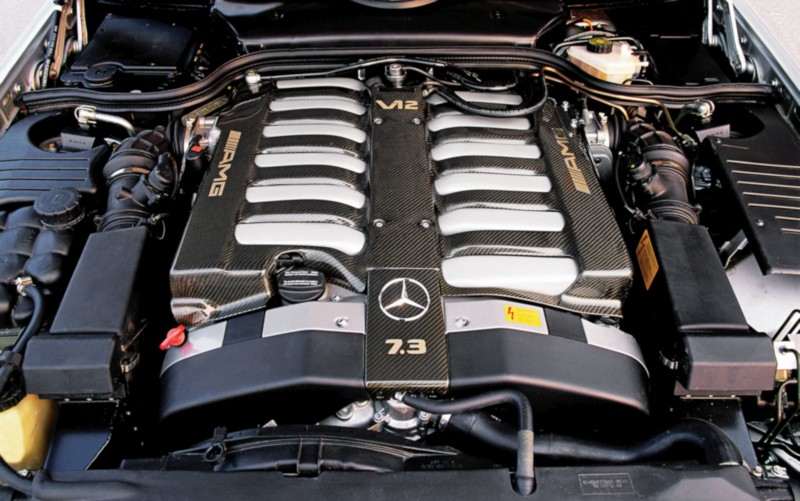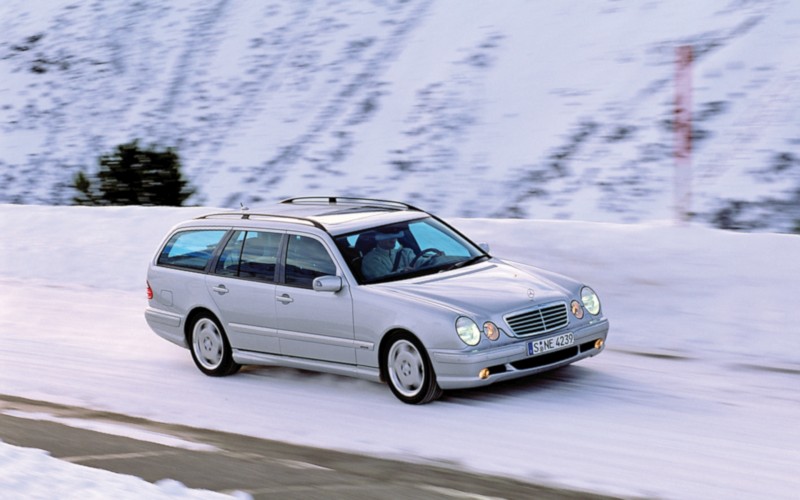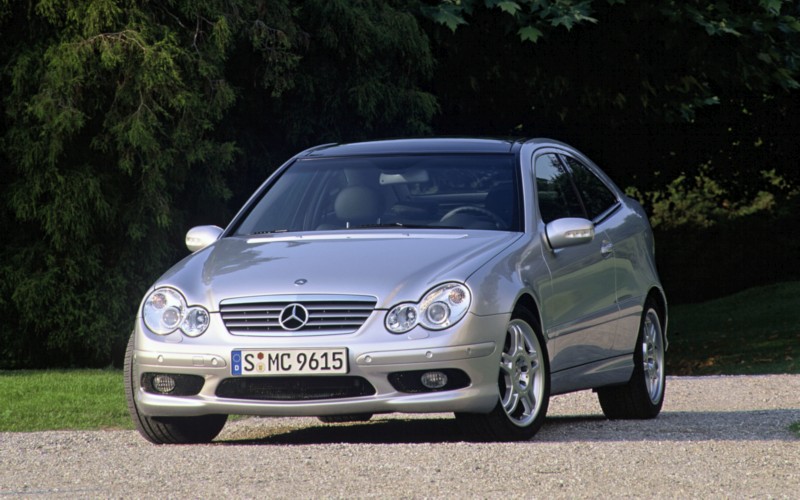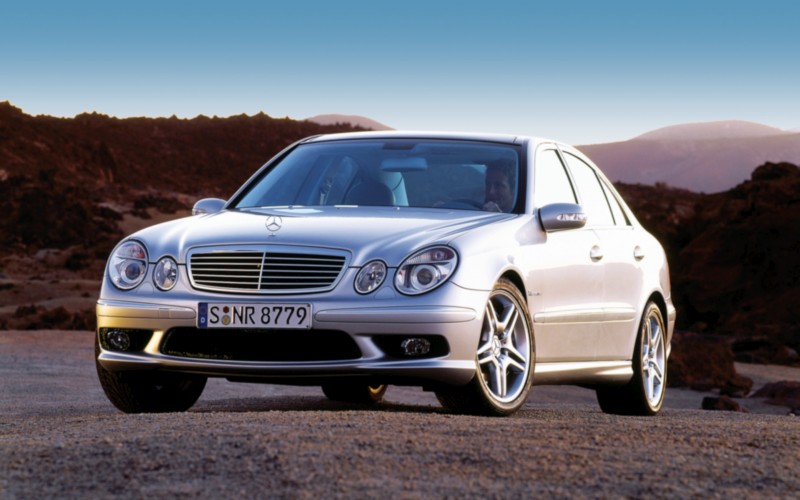AMG, the performance arm of German luxury icon Mercedes-Benz, completes 50 years of existence this year. In this second of a multi-part series, Car India takes a look at what goes into AMG cars that sets them apart. This is the era of the V12.
Story: Jim Gorde
Photography: Daimler & Pagani Press
In our first part of the series, we saw how AMG came about when Hans Werner Aufrecht and Erhard Melcher set out to do more with what they had. The result was a high-performance car that raised the bar and the standard of performance in the 1960s. The following decades saw more involvement from Mercedes-Benz and, in 1993, the first co-developed car, the Mercedes C 36 AMG, came to be. Just about six years later, in January 1999, Daimler acquired 51 per cent of shares in AMG, leading to the company becoming Mercedes-AMG GmbH. This acquisition came about as a result of the introduction of one car. The car that put AMG on the map, one that left an indelible impression on car enthusiasts: the E 55 AMG.
Introduced in 1999, the W210 E 55 AMG gave new meaning to the term ‘high-performance sedan’. Armed with a 354-PS 5.4-litre V8, the E 55 went on to become hot property with about 12,000 cars sold in the four years it was offered. What’s more, Mercedes even had an estate version. There was also a four-wheel-drive version, with the then ‘4Matic’ badge. Only 15 were sold.
The year 2001 saw the most encouraging sales figures, the highest for the company until then, at 18,700 cars, with revenues rising to €428 million.
The E 55 wasn’t the first, though. There were others. The E 36 is amongst the rarest of AMG models thanks to very low production numbers. In 1997, the E 50 arrived with a 347-PS 5.0-litre V8. Sold only in Europe, production was just shy of 2,900 cars. The very limited E 60 followed, first with a 6.0-litre 381-PS V8, and then with a 405-PS 6.3-litre engine built in 1996 and 1998 respectively.
The same year also saw the introduction of the only diesel AMG to date: the C 30 CDI AMG Coupé. It became available in 2003, powered by a 231-PS 3.0-litre turbo-diesel in-line five-cylinder engine. Needless to say, this was also a hand-built motor.
The next coming of the E 55 AMG happened in 2002 with the arrival of the W211 model. This one packed an even more potent M113 5.5-litre supercharged V8 rated at 476 PS and 700 Nm. The same engine was then offered in the ML-Class, which was essentially the very first high-performance modern SUV. The S 55 and SL 55 also followed with a rated 500 PS. The CL 55, and even a compact rocket of a C-Class, the C 55, followed in 2004. The SLK 55 AMG was the official Formula 1 Safety Car for the 2004 season.
Even with the added models, Mercedes ensured that the high-performance AMG drive systems were manufactured according to the production philosophy of “one man, one engine”. Each engine is assembled by a single technician, who indicates his or her responsibility for the drive unit by adding his or her signature to the completed engine.
Mercedes-AMG don’t just do V8s, however; they are just as well-known for their big, bad V12s. The V12 engines truly made their presence felt in the era that seemingly had many of those under the hoods of race cars and road cars alike. The M120 is an engine that has stood the test of time, and in several forms, might I add.
























Leave a Reply